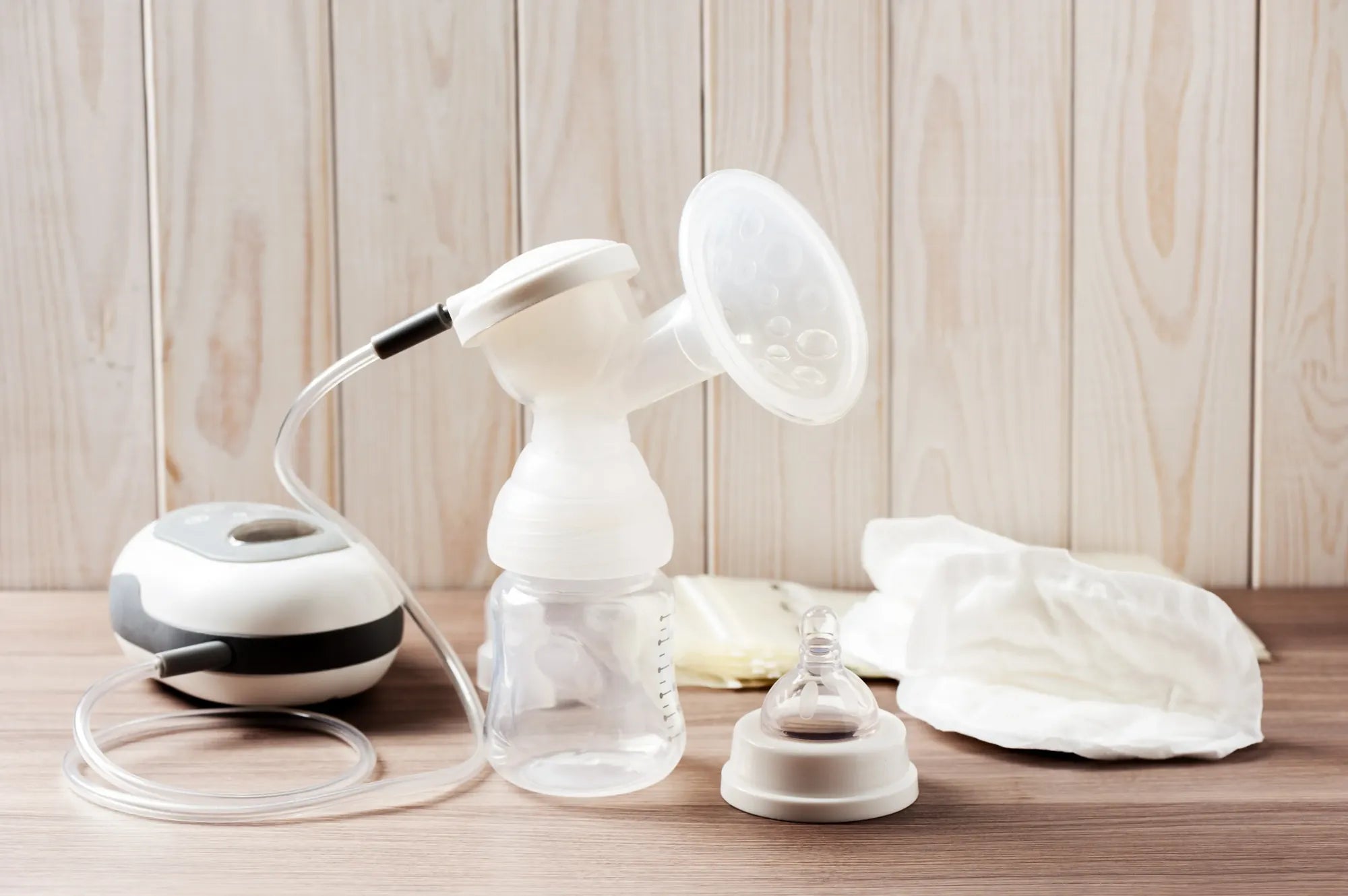Accueil
Pregnancy, Breastfeeding, and Pumping: The Ultimate Guide for Moms
Can You Soak Breast Pump Parts? A Comprehensive Guide

Can You Soak Breast Pump Parts? A Comprehensive Guide
When it comes to maintaining your breast pump, one of the most common questions is: can you soak breast pump parts? The answer is yes, but it’s crucial to do it correctly to ensure the safety and effectiveness of your equipment. Soaking breast pump parts is an essential step in the cleaning process, but it’s not as simple as just dunking them in water. This guide will walk you through everything you need to know about soaking breast pump parts, from the right cleaning solutions to the best soaking techniques.
Why Soaking Breast Pump Parts is Important
Breast pump parts come into direct contact with breast milk, which is a perfect breeding ground for bacteria. If not cleaned properly, these parts can harbor harmful microorganisms that could pose a risk to your baby’s health. Soaking the parts helps to loosen any milk residue, making it easier to clean them thoroughly. It’s a critical step in ensuring that your breast pump remains hygienic and safe to use.
What You Need to Soak Breast Pump Parts
Before you start soaking your breast pump parts, gather the necessary supplies. You’ll need a clean basin or container, warm water, and a mild detergent or a specialized cleaning solution designed for breast pump parts. Avoid using harsh chemicals or abrasive cleaners, as they can damage the parts or leave harmful residues. Additionally, make sure you have a clean drying rack or towel to air-dry the parts after soaking.
Step-by-Step Guide to Soaking Breast Pump Parts
Here’s a step-by-step guide to soaking your breast pump parts effectively:
- Disassemble the breast pump parts according to the manufacturer’s instructions.
- Rinse the parts under warm running water to remove any visible milk residue.
- Fill a clean basin with warm water and add a small amount of mild detergent or cleaning solution.
- Place the disassembled parts in the basin, ensuring they are fully submerged.
- Let the parts soak for the recommended time, usually around 5-10 minutes.
- After soaking, use a soft brush or cloth to gently scrub the parts, paying special attention to crevices and hard-to-reach areas.
- Rinse the parts thoroughly under warm running water to remove any soap or cleaning solution residue.
- Place the parts on a clean drying rack or towel to air-dry completely before reassembling.
Common Mistakes to Avoid
While soaking breast pump parts is a straightforward process, there are some common mistakes to avoid:
- Using hot water: Hot water can damage the parts and cause them to warp or degrade over time.
- Using harsh chemicals: Avoid using bleach or other strong chemicals that can leave harmful residues.
- Not rinsing thoroughly: Any soap or cleaning solution left on the parts can contaminate the milk.
- Not drying properly: Moisture can promote bacterial growth, so ensure the parts are completely dry before use.
Alternative Cleaning Methods
While soaking is an effective method, there are alternative ways to clean breast pump parts. Some parents prefer to use steam sterilizers or dishwasher-safe parts for added convenience. However, soaking remains a reliable and cost-effective method for ensuring thorough cleaning. Always refer to the manufacturer’s instructions to determine the best cleaning method for your specific breast pump parts.
How Often Should You Soak Breast Pump Parts?
The frequency of soaking breast pump parts depends on how often you use the pump. If you’re using it multiple times a day, it’s advisable to clean and soak the parts after each use. For occasional use, a thorough cleaning and soaking once a day should suffice. Regular cleaning and soaking will help maintain the hygiene and longevity of your breast pump parts.
Tips for Maintaining Breast Pump Parts
In addition to soaking, here are some tips to keep your breast pump parts in top condition:
- Inspect the parts regularly for signs of wear and tear, and replace them as needed.
- Store the parts in a clean, dry place to prevent contamination.
- Follow the manufacturer’s guidelines for maintenance and replacement schedules.
- Consider having a spare set of parts on hand for convenience and to ensure you always have clean parts available.
By following these guidelines, you can ensure that your breast pump parts remain clean, safe, and effective for your baby’s needs. Soaking breast pump parts is a simple yet essential step in maintaining your breast pump’s hygiene and functionality. Make it a regular part of your cleaning routine to keep your equipment in top condition and ensure your baby’s health and safety.
Partager

